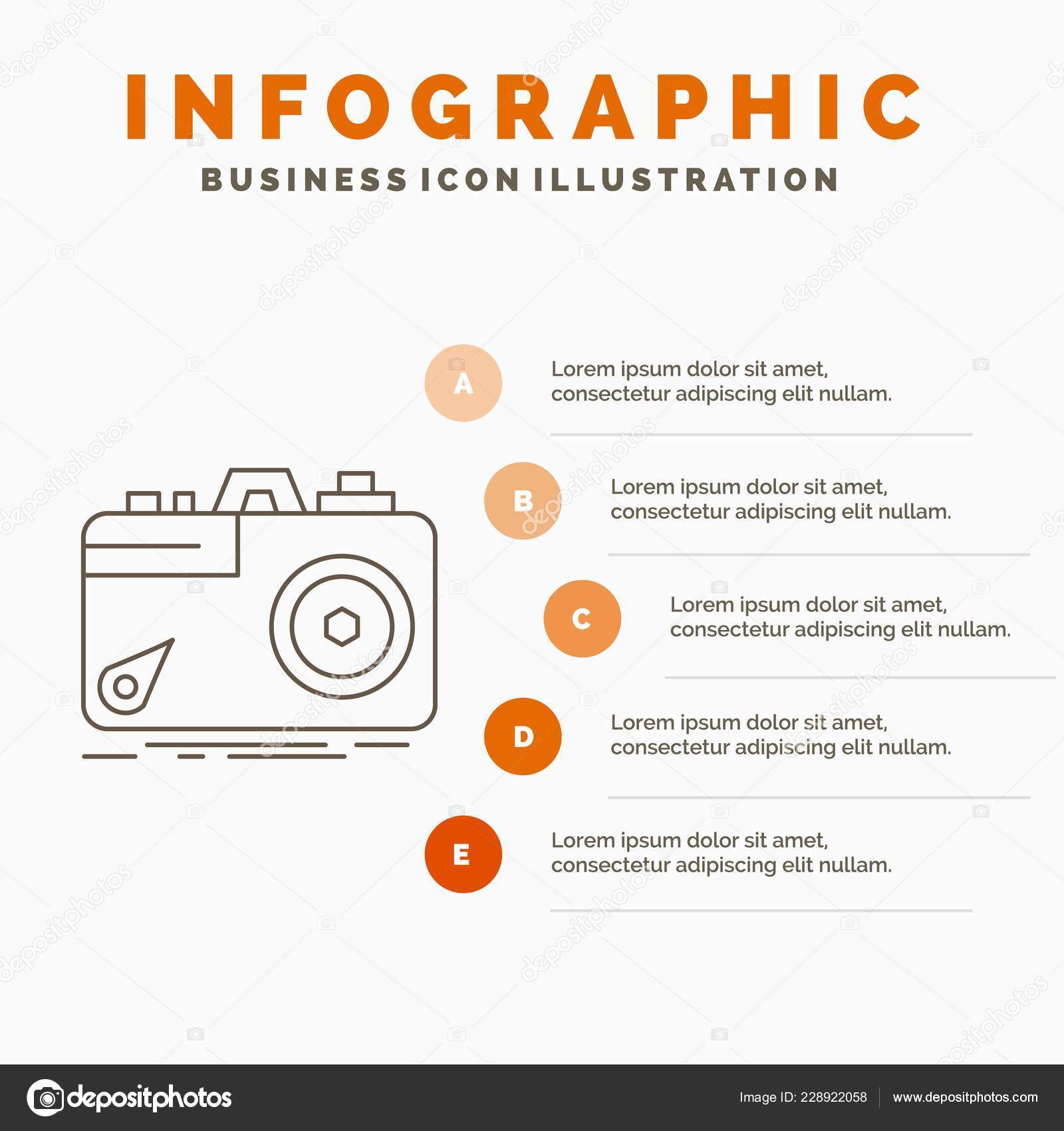Join Us To Discover Necessary Photography Suggestions That Will Certainly Open Your Camera'S Potential-- Prepare To Capture Spectacular Photos In A Snap!
Join Us To Discover Necessary Photography Suggestions That Will Certainly Open Your Camera'S Potential-- Prepare To Capture Spectacular Photos In A Snap!
Blog Article
Article Created By-Grant Ploug
When you first pick up your camera, it can feel overwhelming with all the settings and options offered. You could find yourself wondering just how to navigate aperture, shutter rate, and ISO successfully. Understanding these basics is vital, yet there's more to photography than just technical knowledge. Understanding structure methods and lighting problems can raise your images drastically. So, suppose visit this web-site could learn simple techniques to boost your skills and begin catching excellent photos earlier than you assume? Allow's explore just how to transform your digital photography journey.
Understanding Camera Settings
Understanding your camera setups is important for recording spectacular photos. When you pick up your camera, acquaint yourself with the 3 main settings: aperture, shutter rate, and ISO. Each plays a vital duty in how your photos turn out.
Start with aperture, which manages the amount of light getting in the lens. A wider aperture (lower f-number) allows more light and creates an attractive history blur, perfect for portraits. On the other hand, a narrower aperture (greater f-number) keeps more of the scene in emphasis, perfect for landscapes.
Next off, focus on shutter speed. This setup identifies the length of time your electronic camera's sensor is revealed to light. A fast shutter speed ices up movement, which is wonderful for action shots, while a slow shutter speed can develop stunning results like smooth water in landscapes.
Lastly, change your ISO. This setting impacts your cam's level of sensitivity to light. A greater ISO works in low-light scenarios yet can present sound or grain. Aim for the most affordable ISO possible while still achieving correct direct exposure.
Structure Methods
When you're out capturing, composition can make all the distinction in just how your pictures reverberate with visitors. Begin by using the guideline of thirds; visualize your frame split into nine equivalent areas with two straight and 2 upright lines. Setting crucial elements along these lines or at their intersections to produce equilibrium and rate of interest.
Next, consider leading lines. These all-natural lines in your scene, like roadways or rivers, draw the visitor's eye right into the picture, directing them through the tale you're telling.
Do not forget about mounting; use https://zenwriting.net/na60loren/crucial-digital-photography-gear-what-you-truly-need-to-get-started within your scene, like trees or home windows, to create a structure around your topic, including deepness and focus.
Also, keep an eye on your history. A cluttered history can sidetrack from your primary subject, while an easy one helps it attract attention.
Last but not least, trying out symmetry and patterns; they can create a striking image that records attention.
Mastering Lighting Issues
Mastering lighting problems is essential for recording spectacular photographs, as the best light can transform a common scene into something remarkable.
Beginning by observing all-natural light at various times of the day. Early mornings and late afternoons provide the most effective light, known as the gold hour. The soft, warm tones throughout these times can enhance your photos magnificently.
Don't avoid overcast days either; diffused light can reduce severe shadows and develop a pleasing impact, specifically for pictures.
Try out backlighting by placing your topic against the light. https://writeablog.net/lazarowilton/figure-out-how-to-choose-the-excellent-electronic-camera-tailored-to-your can produce a dreamy halo impact and add depth to your photos.
Focus on your camera settings also. Readjust the ISO, aperture, and shutter rate to fit the lighting problems. A higher ISO can assist in low light, yet be cautious of grain.
Use a tripod in darker environments to prevent blur.
Last but not least, don't fail to remember fabricated lighting. Flash and continual lights can be fantastic tools for regulating light in difficult conditions.
Final thought
To conclude, grasping your video camera does not need to be frustrating. By recognizing your setups, using make-up techniques, and harnessing the power of natural light, you'll rapidly raise your photography skills. Bear in mind, exercise makes best, so venture out there and experiment with your newfound understanding. With time and devotion, you'll be recording stunning pictures that show your unique viewpoint. Appreciate the trip, and don't forget to have a good time while you go to it!
